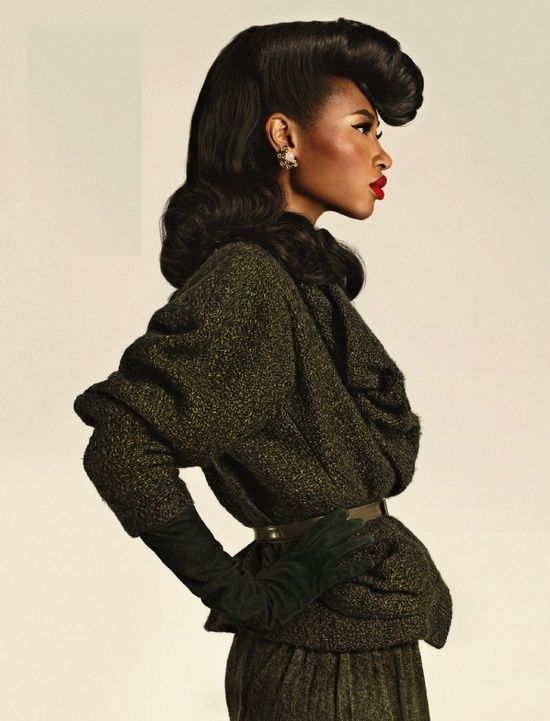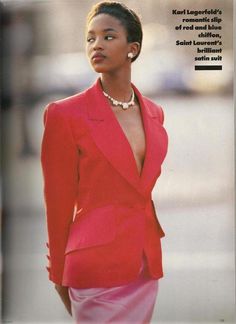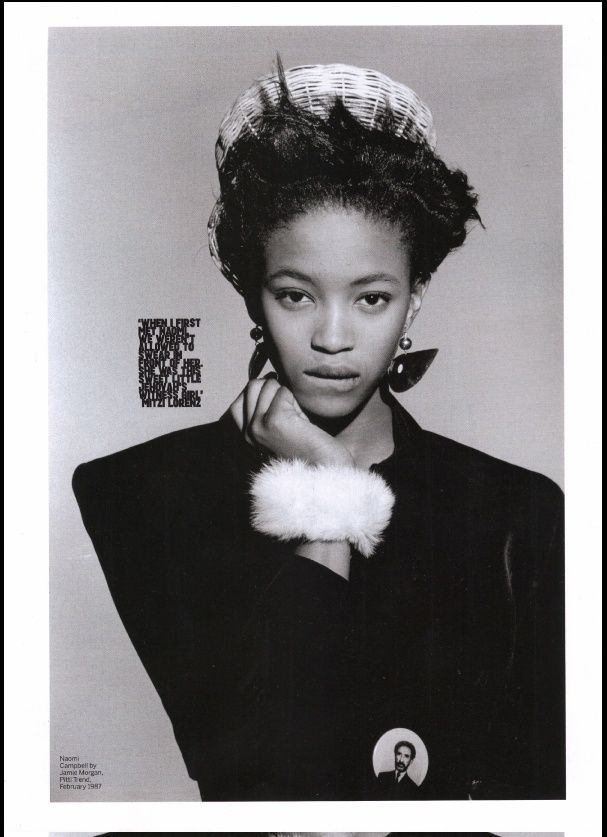
The glamorous look was common on the soap opera stars of “Dynasty“ and “Dallas”. It was the ‘80s and bigger was better, including the hair and the shoulders. The idea behind the trend was to widen your shoulders which creates an upside down triangle effect for a — you guessed it! — tiny waist.
The shoulder pad is one of those items that's intended to convey all the right things: Power! Capability! Confidence!

Shoulder pads have something of a feminist history — in that they've always been used to help women keep up with the guys.
Technically, shoulder pads were invented in 1877 by a Princeton football player named L.P. Smock. But shoulder pads for sports are so different than shoulder pads for fashion — unless you're wearing that jacket with the padding to protect yourself from injury? — that's it's pointless to compare the two.
The Fashion Shoulder Pad sprung to life, fully cushioned, in 1931, championed by designers Marcel Rochas and Elsa Schiaparelli. A year later, when Joan Crawford wore a massively shoulder-centric dress in the movie Letty Lynton, the verdict was in: the shoulder was the new EVERYTHING.

As World War II came crashing through the annals of history, shoulder pads became more than just a fashionable look. They became a confidence-booster, a way for women to signify that they were leaving the home and going to work and doing it all for their country. Suddenly it was hipper than ever to dress courageously, defiantly, boldly, and what better way to signify boldness than the mannish silhouette of the shoulder pad?
After the war ended, the shoulder pad's time was up. People no longer wanted to dress the way they had during wartime, and Dior's "New Look" of 1947 celebrated all things anti-shoulder pad: slinky silhouettes, drapy fabrics, and sweeping skirts. "We were emerging from the period of war, of uniforms, of women-soldiers built like boxers,".
Shoulder pads fell out of mainstream fashion for a couple of decades, and when they resurfaced, it was once again to help women assume — or overcome — the role of men. It wasn't pretty, but prettiness was the enemy. The '80s power suit, shoulder-padded within an inch of its life, was an embodiment of the "dress for success" mantra, and during the '80s, dressing for success meant dressing like one of the guys. And what better way to convey power and in-charge-ness then a silhouette with broad, strong shoulders?


